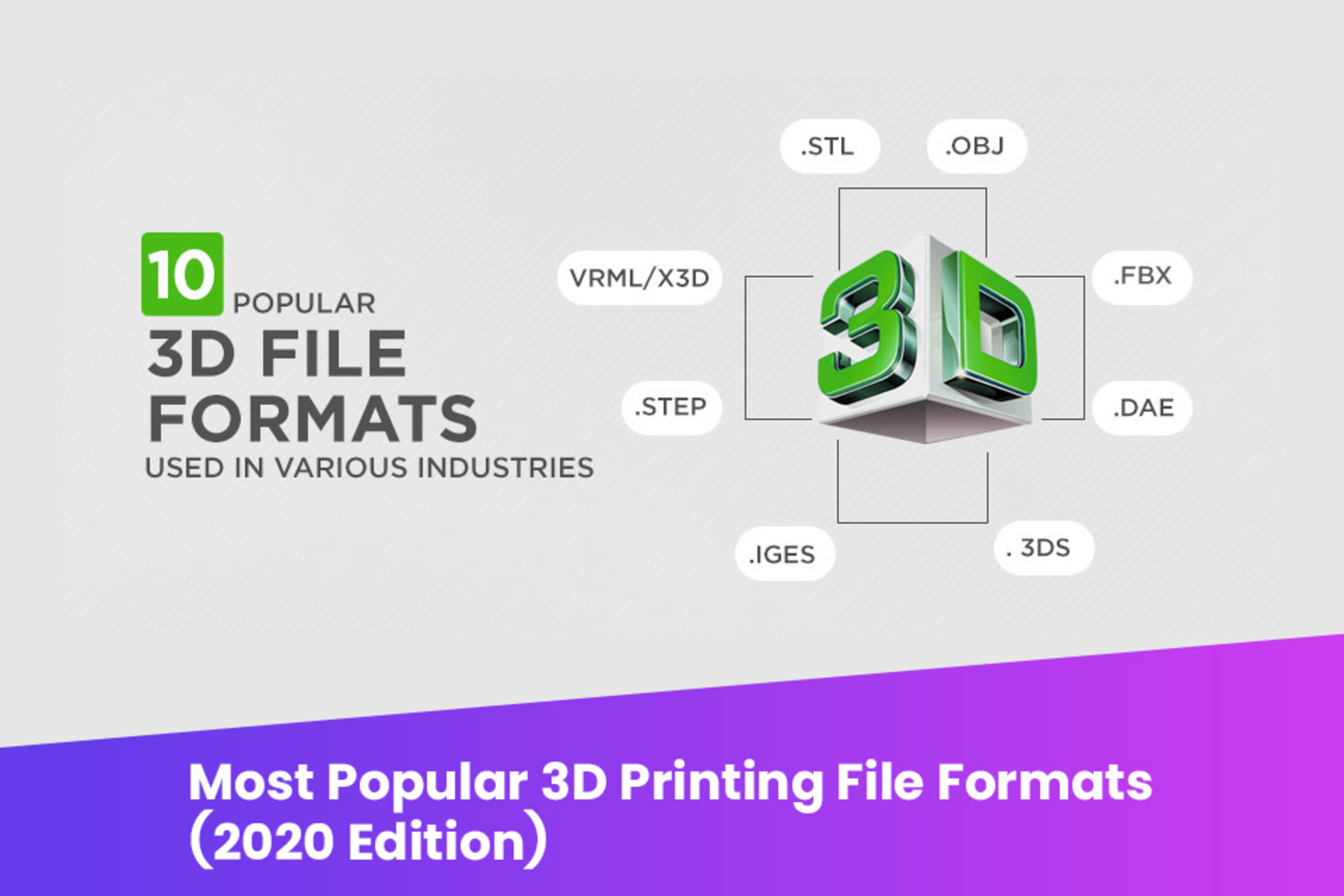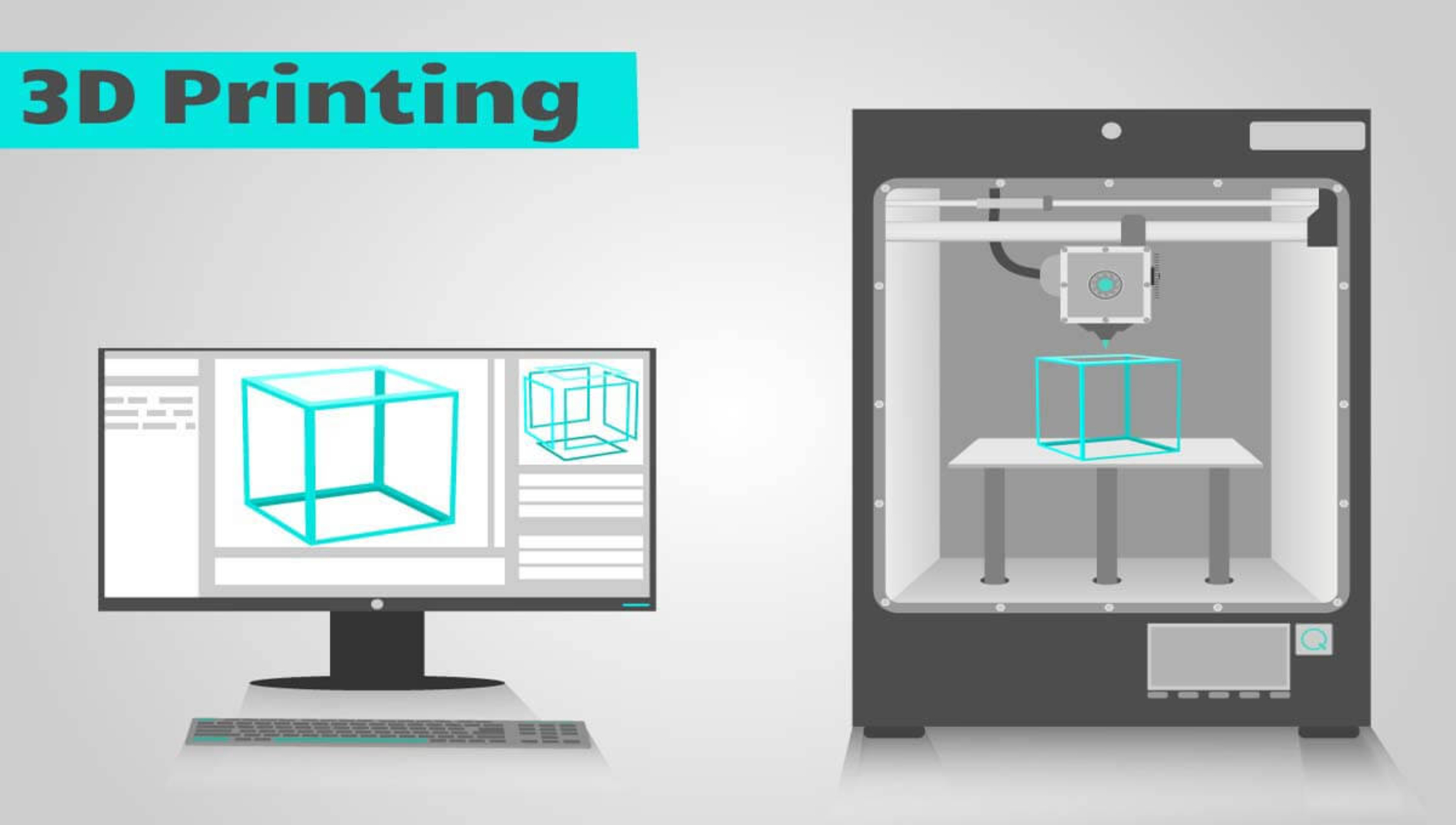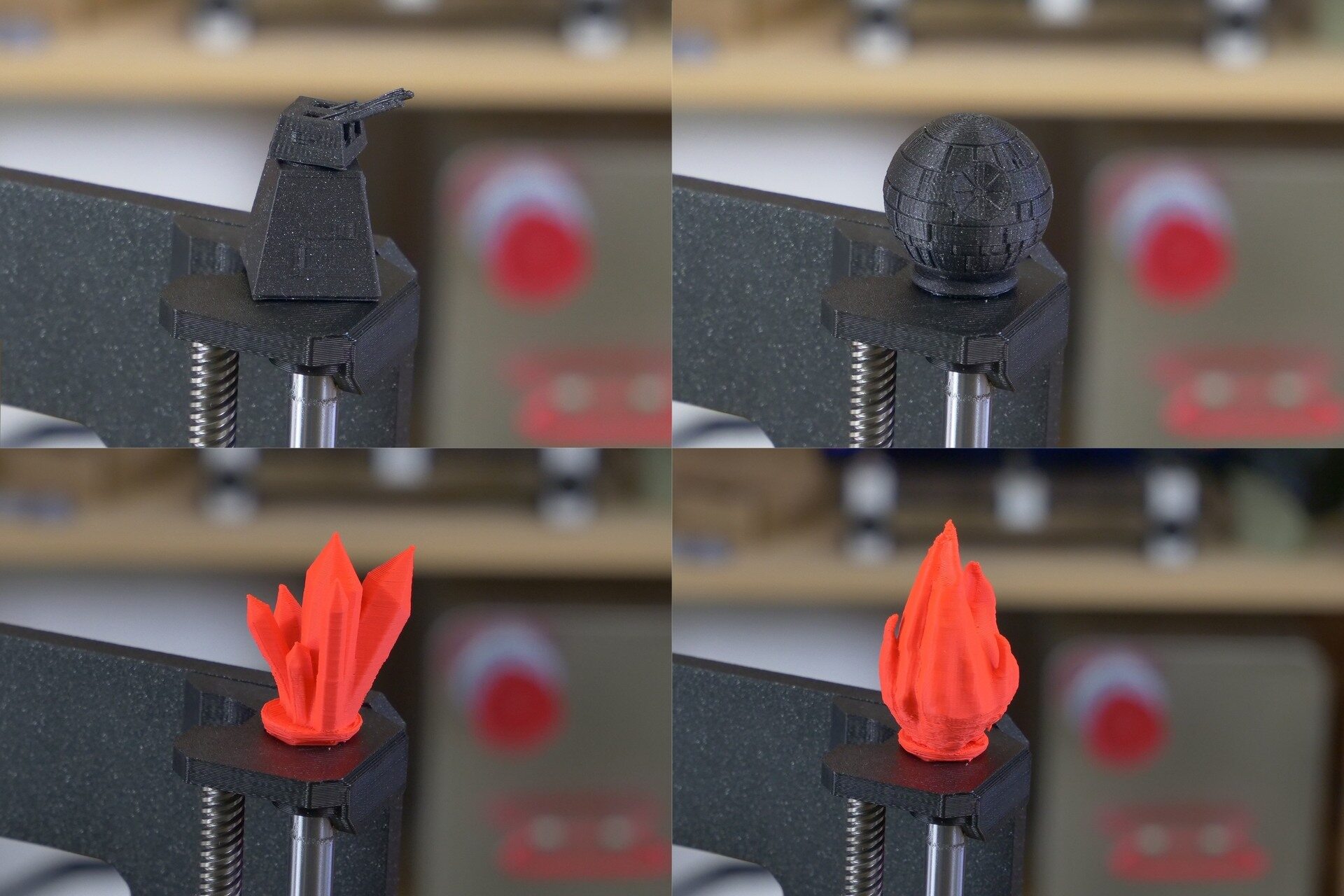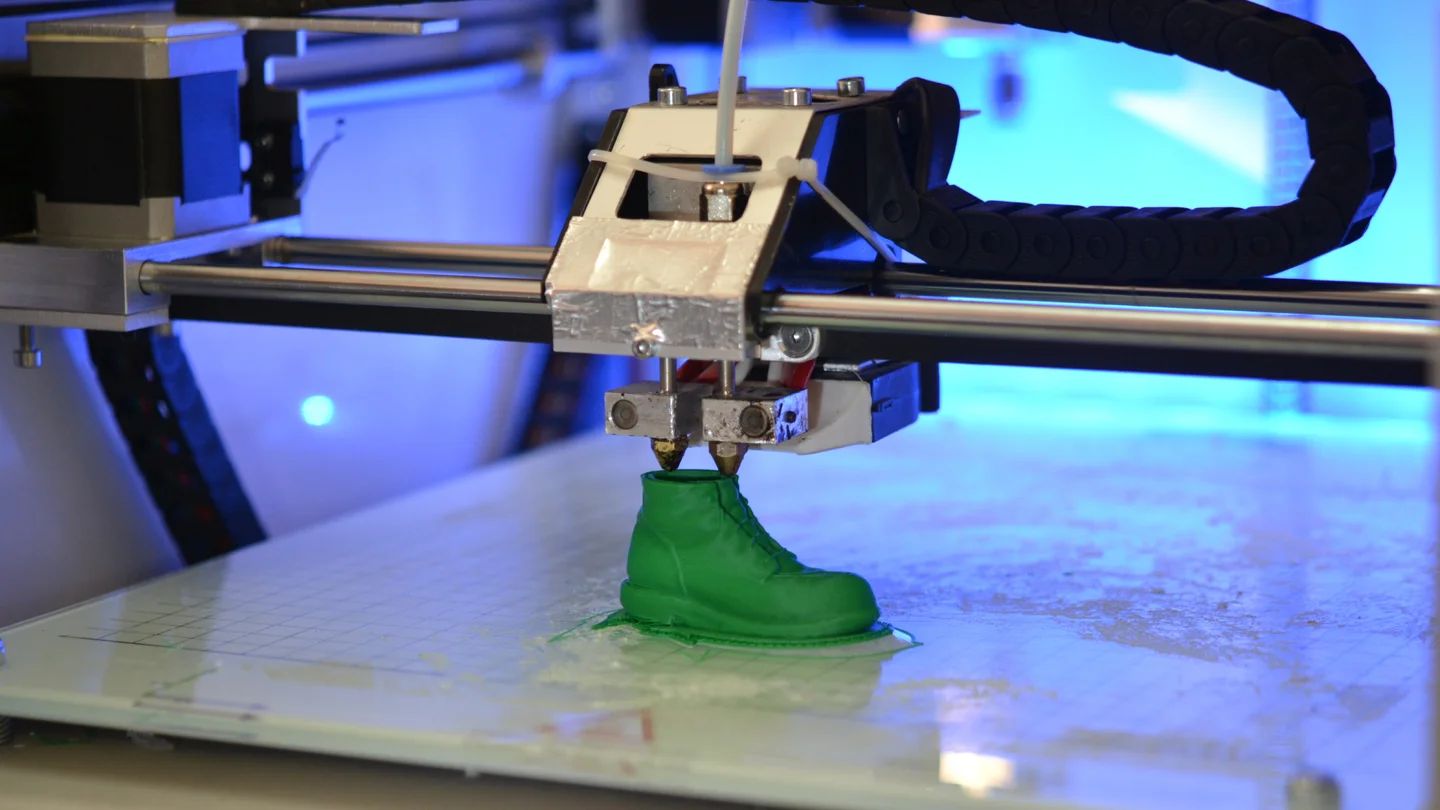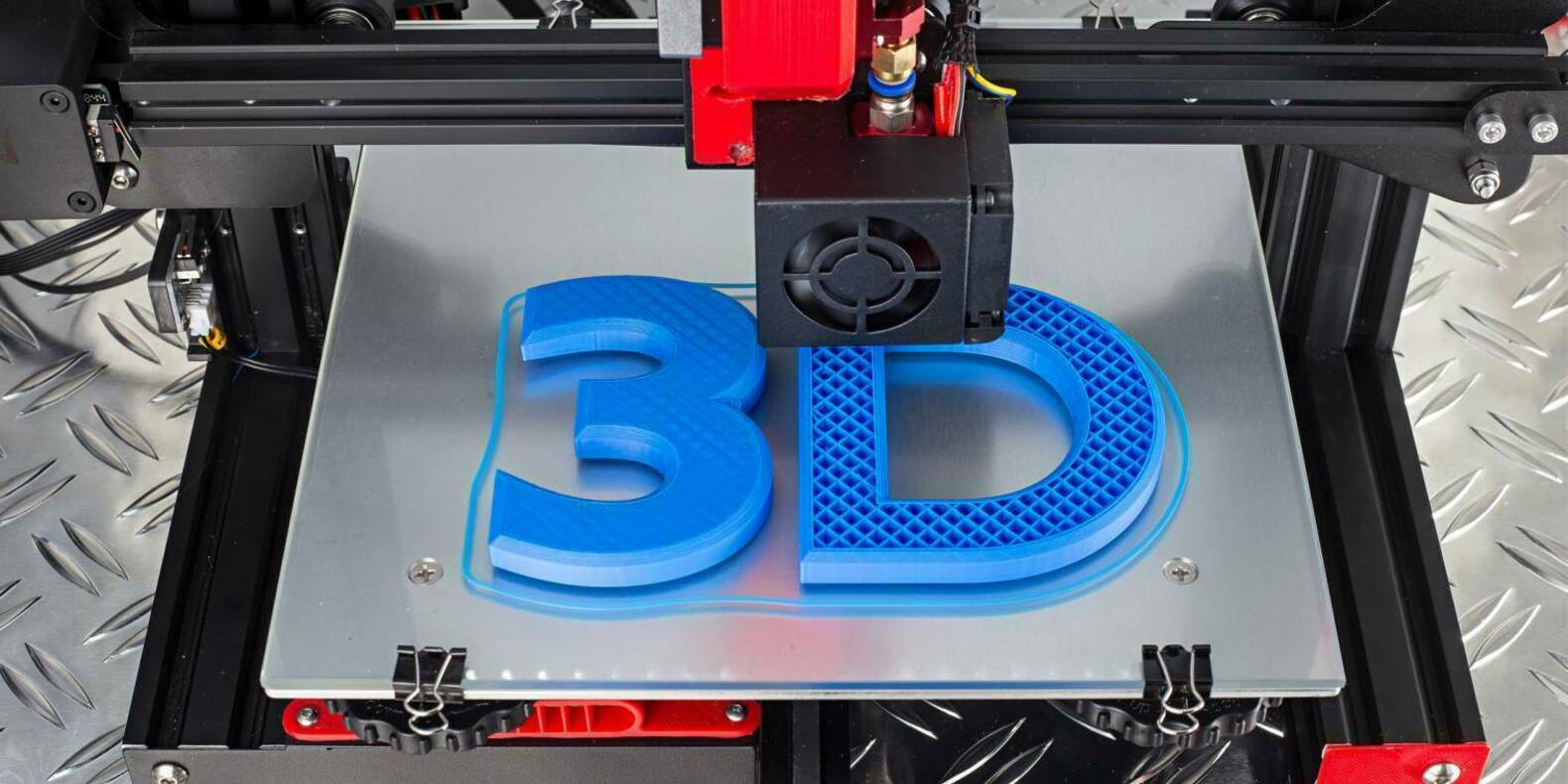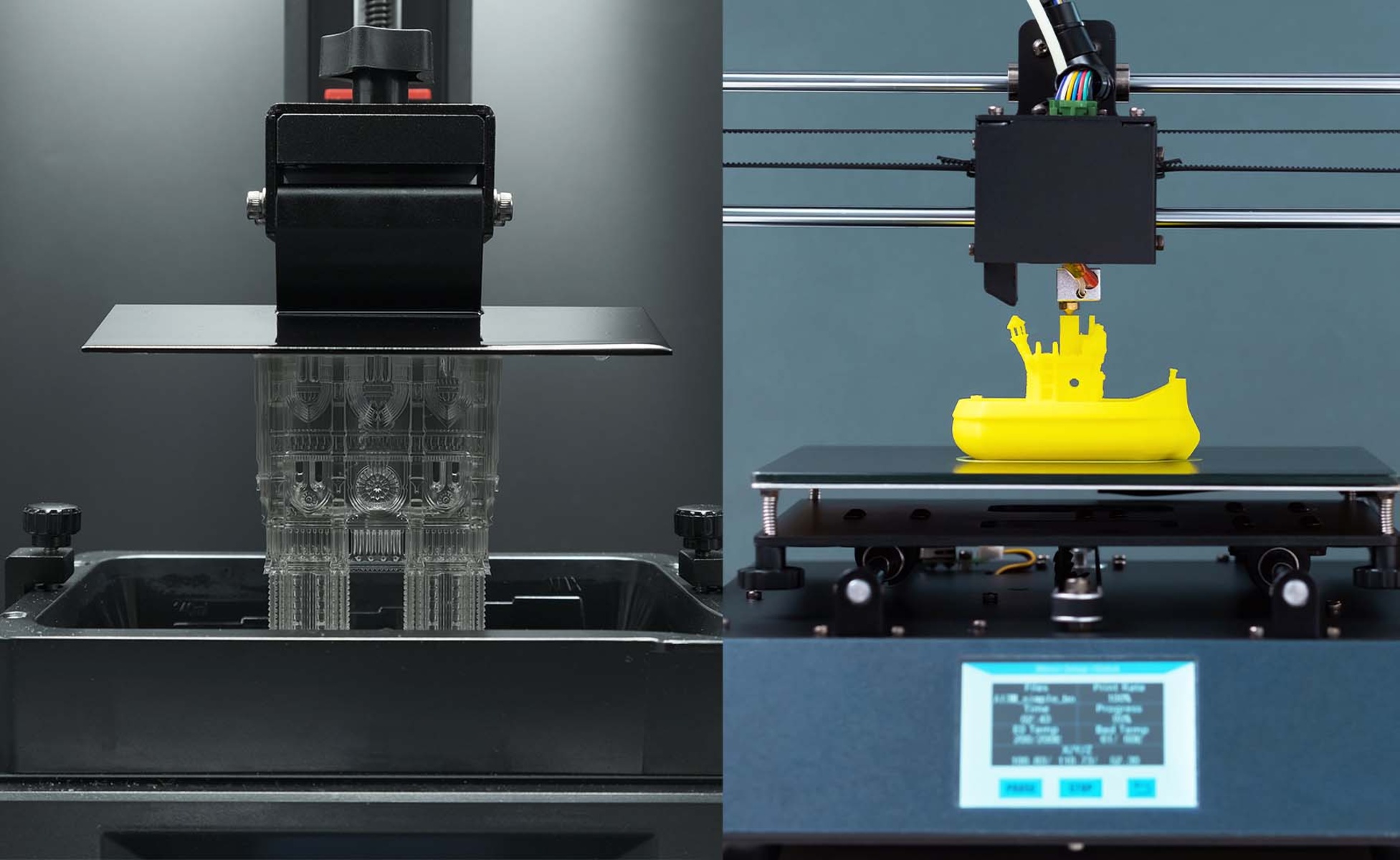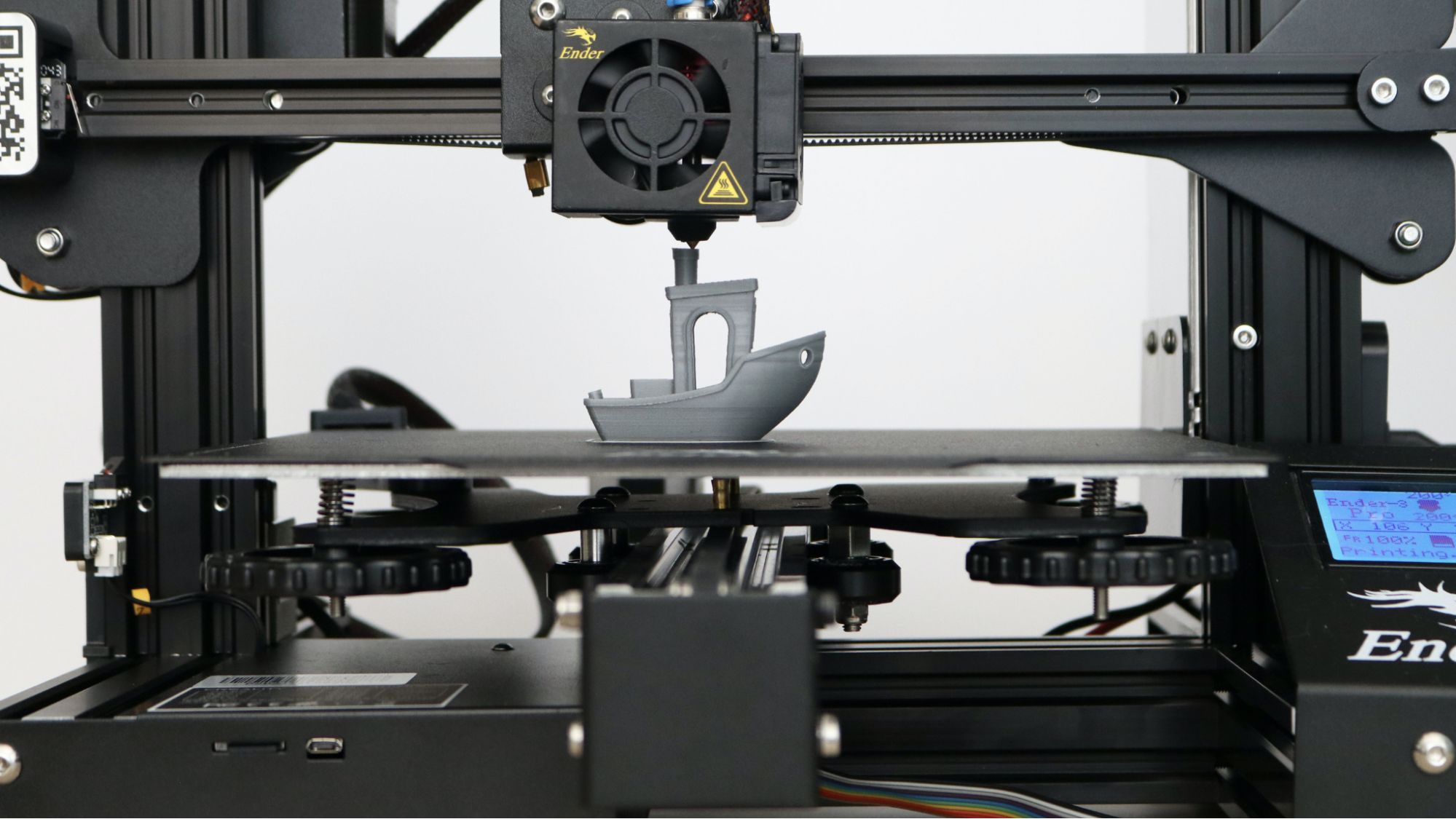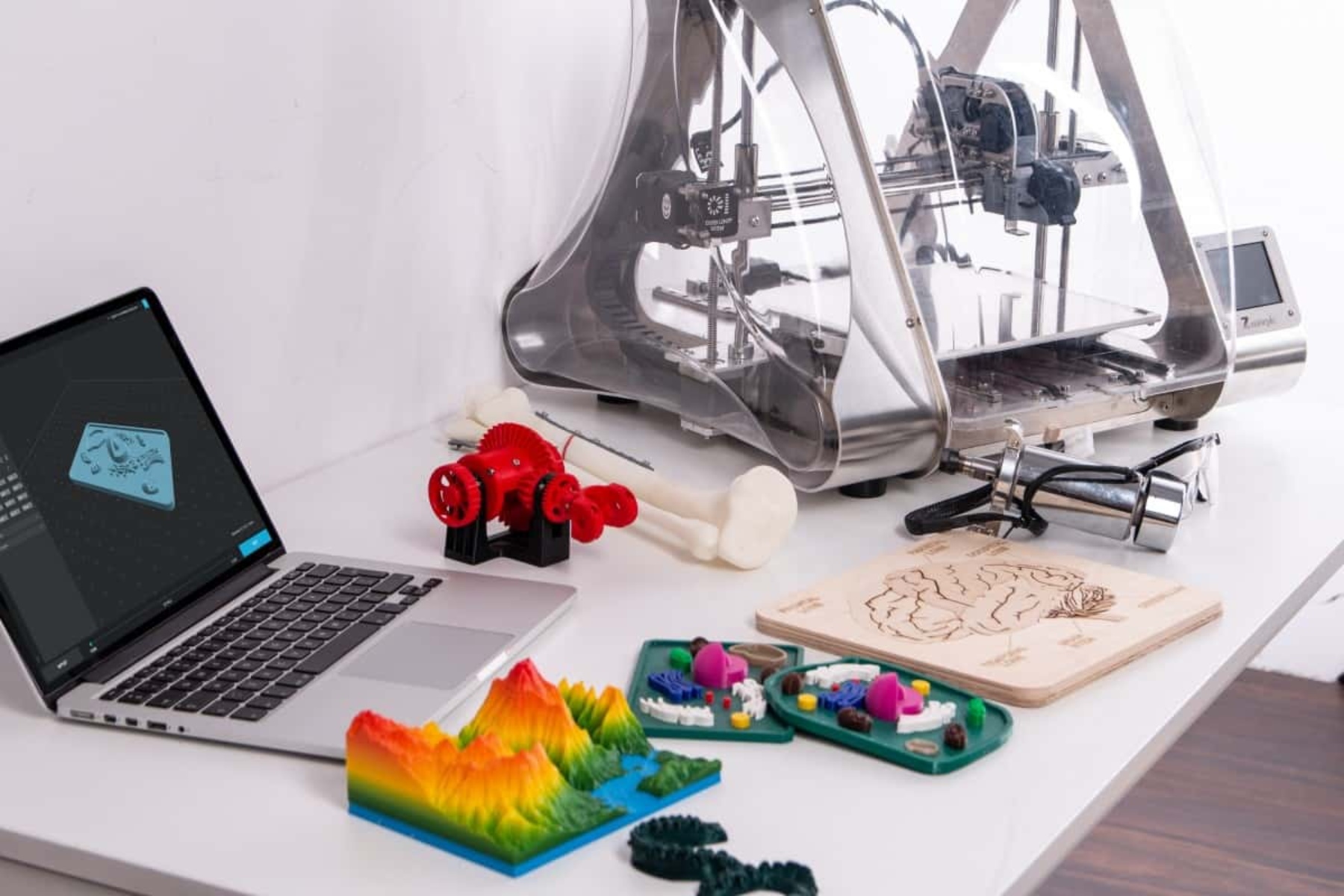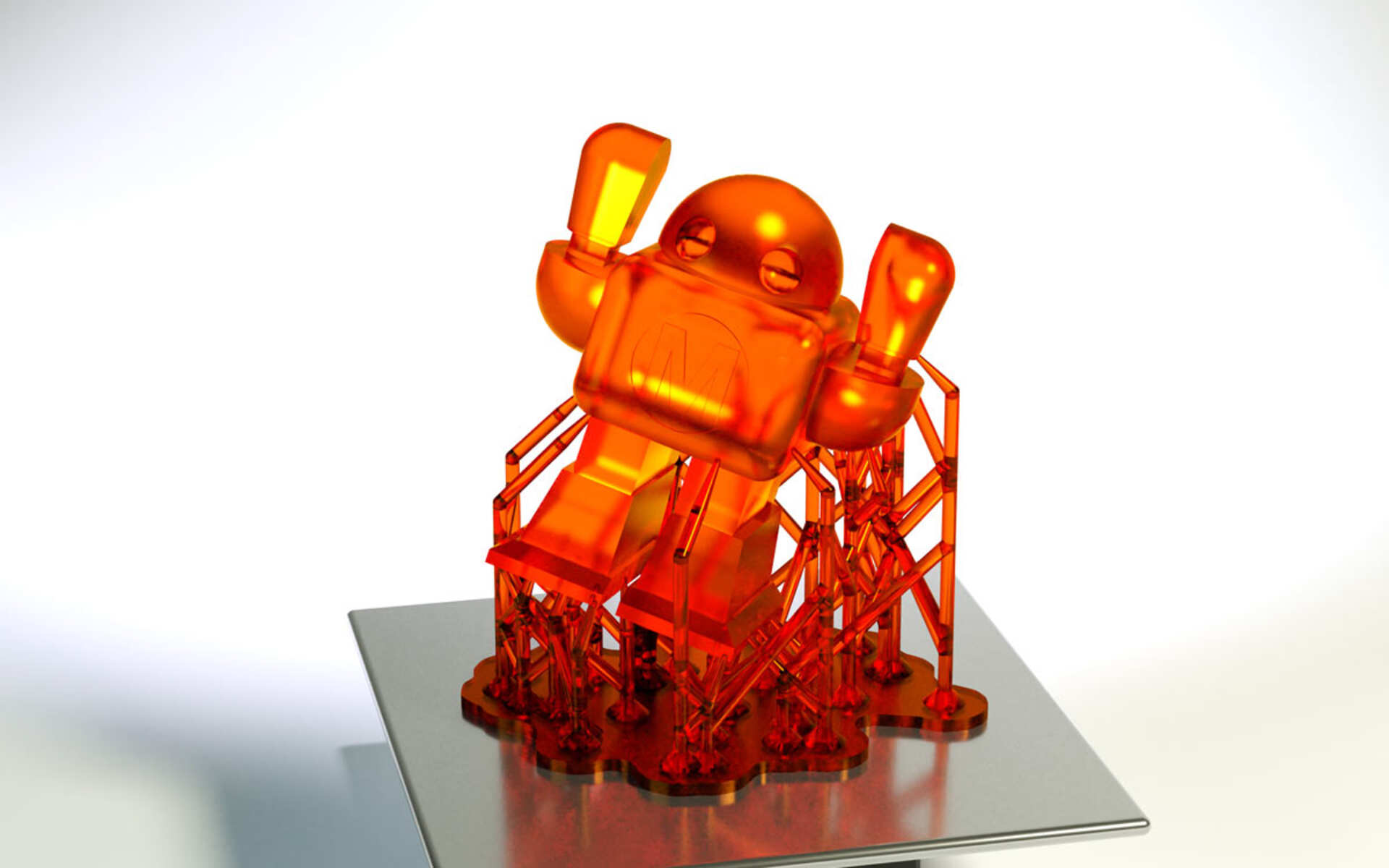Overview
When it comes to 3D printing, various file formats are used to store the digital models that are transformed into physical objects. These files contain the necessary information for 3D printers to accurately reproduce the design, including the shape, dimensions, and geometric details of the object.
In this article, we will explore the different types of file formats that are commonly used in 3D printing and understand their unique characteristics. By gaining an understanding of these file formats, you will be better equipped to prepare and optimize your 3D models for printing.
It is important to note that while there are multiple file formats available, the most widely used and supported file format for 3D printing is the STL (Standard Tessellation Language) file. However, other formats like OBJ (Wavefront OBJ), AMF (Additive Manufacturing File), 3MF (3D Manufacturing Format), and G-code also play significant roles in the 3D printing workflow.
Each file format has its own unique features and benefits, making it suitable for different purposes, software, and 3D printers. In the following sections, we will delve deeper into each file format to gain a better understanding of their characteristics.
STL File
The STL (Standard Tessellation Language) file format is the de facto standard in the world of 3D printing. It represents the geometry of a 3D object using a collection of triangles or polygons. This file format is widely supported by most 3D modeling software and can be read by almost all 3D printers.
STL files are characterized by their simplicity and efficiency. They consist of a series of connected points, forming the vertices of triangles that define the surface of the 3D model. The file describes the shape and dimensions of the object, but it does not contain any information about color, texture, or other visual attributes.
One of the advantages of the STL file format is its widespread compatibility. Whether you are using a consumer-grade 3D printer or an industrial machine, chances are it will support the STL format. Additionally, many online platforms and repositories that host 3D models exclusively support STL files, making it easy to share and collaborate on designs.
However, one limitation of STL files is their inability to store complex geometry with high levels of detail. As each surface of the model is represented by a flat triangle, curved surfaces may appear blocky or faceted. To achieve smoother results, it is necessary to increase the number of triangles, which can significantly increase the file size.
In summary, STL files are the go-to format for 3D printing due to their compatibility and widespread support. Its simplicity and efficiency make it ideal for most applications, although complex geometry may require larger file sizes and result in less precise surface representation.
OBJ File
The OBJ (Wavefront OBJ) file format is another commonly used format in the field of 3D printing. Originally developed by Wavefront Technologies, this file format has become popular due to its versatility and compatibility with various 3D modeling software.
Unlike the STL format, the OBJ file format supports not only the geometry of the 3D model but also additional information such as color, texture coordinates, and material properties. This makes it suitable for more complex and visually detailed objects.
An OBJ file consists of two main parts: the vertex data and the face data. The vertex data describes the geometric points or vertices that define the shape of the object, while the face data contains information about the connectivity between these vertices, forming triangular faces.
One of the advantages of the OBJ format is its support for materials and texture mapping. By including material definitions and texture coordinates, OBJ files can accurately represent the visual appearance of the model, allowing for more realistic renders or 3D prints.
However, it is important to note that OBJ files can be larger in size compared to STL files, especially when texture maps and material properties are included. This can potentially increase the processing time required for slicing and printing the model.
While OBJ files are widely supported by most 3D modeling software, it is worth noting that some 3D printers may require the file to be converted into another format, such as STL or G-code, for direct printing.
In summary, the OBJ file format is a versatile option for 3D printing, allowing for more complex geometry and the inclusion of material and texture information. It offers enhanced visual representation but may result in larger file sizes. Overall, the OBJ format is widely supported and compatible with most 3D modeling software, making it a valuable choice for 3D printing projects.
AMF File
The AMF (Additive Manufacturing File) format is a relatively newer file format designed specifically for 3D printing. It was developed to address some of the limitations of the STL format and provide a more comprehensive representation of 3D models.
AMF files are capable of storing both the geometry and color information of a 3D model. This means that objects with complex surfaces, multiple materials, and intricate color patterns can be accurately represented in the AMF format.
One of the key advantages of the AMF format is its support for higher levels of detail and precision. Unlike the STL format, which represents surfaces using triangles, the AMF format uses a combination of triangles, curves, and surfaces to describe the geometry. This allows for smoother and more detailed representations of 3D models.
Furthermore, AMF files have built-in support for multiple materials and colors. This means that designers can assign different materials or colors to different parts of the model, resulting in more realistic and visually appealing prints.
Another notable feature of AMF files is their support for metadata. This enables the inclusion of additional information about the print job, such as print settings, machine parameters, and quality requirements. This can be particularly useful in industrial settings where precise control and documentation of the printing process are essential.
While AMF files offer numerous advantages, it is important to consider their compatibility with 3D printers and software. While many modern printers and software applications support AMF, it may not be as widely supported as the STL format. As a result, it is advisable to check the compatibility of your specific printer and software before relying exclusively on AMF files for your 3D printing projects.
In summary, the AMF file format provides a more comprehensive and detailed representation of 3D models, including geometry, color, and metadata. It offers increased precision and supports multiple materials and colors, making it suitable for complex and visually appealing prints. However, its compatibility with printers and software should be verified before use.
3MF File
The 3MF (3D Manufacturing Format) file format is a modern and versatile file format specifically designed for 3D printing applications. It was developed by the 3MF Consortium, a group of industry leaders striving to create a universal standard for 3D printing.
3MF files are capable of storing not only the geometry and color information of a 3D model but also detailed information about the print job itself. This includes information such as material properties, texture mapping, part orientations, and even support structures.
One of the key advantages of 3MF files is their support for a wider range of features and capabilities compared to other file formats. This allows for more advanced printing options and greater control over the printing process.
For example, 3MF files support color gradients, which enable smooth transitions between different colors or shades on the surface of the model. This feature offers enhanced visual possibilities, allowing for more vibrant and intricate printed objects.
Another advantage of 3MF files is their support for multi-material and multi-part assemblies. This means that complex models consisting of multiple parts or using different materials can be stored as a single 3MF file, simplifying the printing process and ensuring accurate alignment and fitment of the components.
Furthermore, 3MF files support metadata, enabling the inclusion of additional information about the print job, such as print settings, quality requirements, and even licensing information. This allows for better communication and collaboration between different stakeholders involved in the 3D printing workflow.
While the 3MF file format offers numerous advantages, it is worth noting that its adoption is still growing, and not all 3D modeling software and printers may fully support it. However, with the increasing popularity and industry acceptance of 3MF, more software and hardware manufacturers are adding support for this format.
In summary, the 3MF file format provides extensive features and capabilities for 3D printing applications. It supports advanced printing options, multi-material assemblies, color gradients, and metadata, making it a versatile option for complex and detailed prints. While its adoption is still expanding, it is expected to become more widely supported in the future.
G-code File
The G-code file format is a language used in the field of 3D printing to communicate instructions to a 3D printer. It contains a series of predefined commands that guide the printer’s movements, temperatures, extrusion rates, and other parameters necessary for the printing process.
G-code files are generated by slicing software, which takes a 3D model and converts it into a series of 2D layers that the printer can understand. Each layer is then translated into a set of G-code commands that instruct the printer on how to create that particular layer.
One of the advantages of the G-code format is its versatility and compatibility with almost all 3D printers. Whether you are using a budget-friendly desktop printer or an industrial-grade machine, as long as the printer accepts G-code, you can use this file format to control and print your models.
G-code files provide full control over the printing process, allowing adjustments to a wide range of parameters. This includes controlling the extruder temperature, print speed, layer height, infill density, support structures, and many other aspects of the print job.
While G-code files are primarily used for 3D printing, they can also be used for other CNC machining applications. The G-code language has been adopted as a standard in the manufacturing industry, making it a versatile format for controlling various types of computer numerical control (CNC) machines.
However, G-code files are primarily intended to instruct the printer on how to execute a print job and do not contain information about geometry or visual details of the model. Therefore, G-code files need to be generated from a pre-existing 3D model using slicing software.
In summary, G-code files are essential for controlling the movements and parameters of 3D printers. They provide full control over the printing process and are compatible with a wide range of printers. While they do not contain geometric or visual information, they are crucial for translating a 3D model into physical prints.
Conclusion
In conclusion, understanding the different file formats used in 3D printing is essential for optimizing and preparing your digital models for the printing process. Each file format, including STL, OBJ, AMF, 3MF, and G-code, offers its own unique features and benefits.
The STL file format is the most widely supported and compatible format, making it suitable for most 3D printing applications. It provides a simple and efficient representation of geometric shapes but may result in less precise surface representation for complex models.
The OBJ file format supports not only geometry but also color and texture information, making it ideal for visually detailed objects. However, OBJ files can be larger in size and may require conversion for direct printing on certain 3D printers.
The AMF file format offers a more comprehensive and detailed representation of 3D models, including geometry, color, and other properties. It allows for higher levels of detail and precision, but its compatibility with printers and software should be verified before use.
The 3MF file format provides advanced features such as support for multi-material assemblies, color gradients, and metadata. Although its adoption is still growing, it offers versatility and extensive capabilities for complex and detailed prints.
The G-code file format, on the other hand, is primarily used to communicate instructions to the 3D printer. It provides full control over the printing process and is compatible with almost all 3D printers, making it a universal format for controlling printers and other CNC machines.
By familiarizing yourself with these file formats and their characteristics, you can make informed decisions when preparing your models for 3D printing. Choose the format that best suits your project’s requirements, considering factors such as compatibility, complexity, and desired level of control. Whether you are a beginner or an experienced 3D printing enthusiast, understanding these file formats will empower you to unleash your creativity and achieve the best results with your 3D prints.







